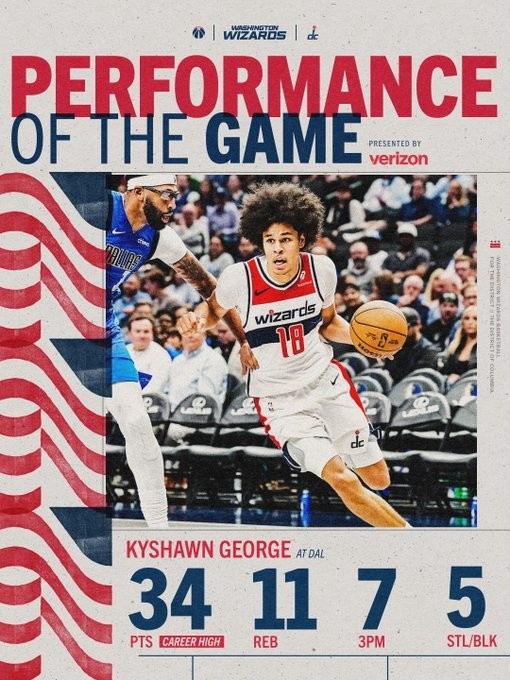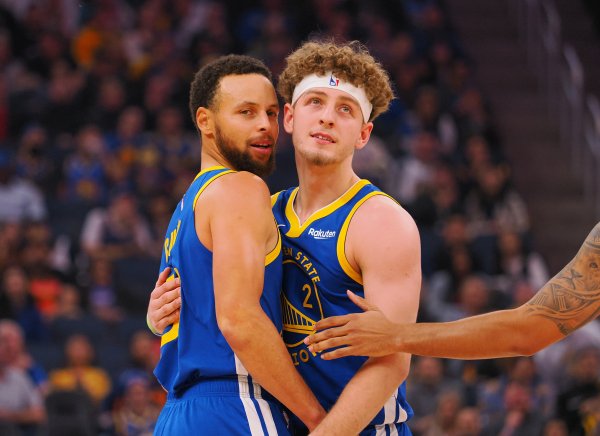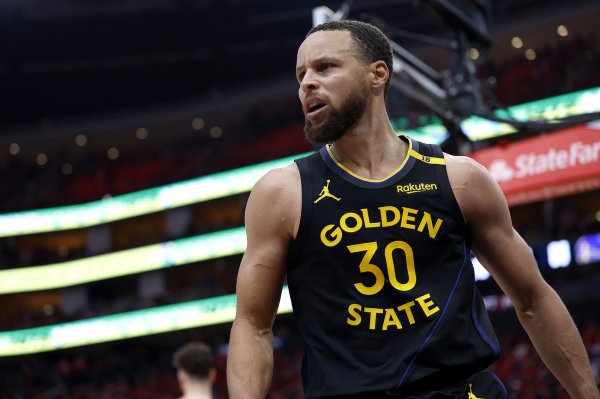Draft experts take stock of the top 1-10 before draft scores in the past decade: Flag 2 Bensi 6 Doncic 10
(The original article was published on June 19, and the author is Sam Vecenie, a draft expert on The Athletic website. The content of the article does not represent the translator's views)
As a professional who has been engaged in NBA draft evaluation for ten years, I have played for CBS Sports and The Athletic. Given the particularity of this integer year of 2025, coupled with Duke forward Cooper Flag’s promise to be one of the top rookies in the decade, I decided to look back at the 20 rookies who have won the highest ratings in my pre-draft assessment over the past decade.
This review is both fun and beneficial to me. Of my top 10 rookies (except Flag), seven ended up being selected into the All-Star squad. Among the 18 players who have already entered the NBA on this list, 12 of them have been selected as All-Stars, and I think Homegren will also join this ranks in the next few years. For those who choose the top ones, this accuracy is quite excellent.
However, as a evaluator, I always keep strict standards on myself and constantly learn from my mistakes. In the first five years, my judgment may not be firm enough, but my assessment ability has been significantly improved in the past two years, which is mainly due to reflection on past mistakes.
Through this review, I have summarized an important experience: If you have any doubts about the players' desire to win, enterprising spirit or off-court character, you must pay attention to these warning signals. Most of the players on the list who have short peak periods or fail to fulfill their expectations have problems in these aspects. You should know that being selected at a high ranking is only the starting point, not the end point. Players must continue to improve, otherwise they will eventually be overtaken by other players in the league.
Notes:
This list covers rookies from 2015 to 2025 (including this year's rookies such as Cooper Flag and Dylan Harper);
The players who almost scored the top 20 potential scores include: Okafor, Russell, Wiseman, Edwards, Jaylen Green and Barrett. The biggest misjudgment is Edwards, the No. 1 pick in the 2020 draft. I over questioned his ability to continue to hit the basket and create threats from the penalty area because he often chose to jump shots at the emergency stop; the only draft year that was absent was in 2024, and there were no top or slightly lower potential rookies in the class, and all players in the class could not even be among the top 30 potential list I have evaluated in the past decade;
reiterated: This list is entirely based on my rating of the players' potential when they run, rather than their subsequent career development performance.

No. 1: Victor Vinbanyama (2.21 center, Metropolis 92, 2023)
Vinbanyama ranked first without any controversy because we have never seen such a unique player. This is not to deny the amazingness of peerless geniuses such as Jabbar, Ralph Sampson, O'Neal and LeBron James, but that no 2.21-meter rookie has the ability to dribble, pass and shoot at this level at the same time. If Sampson and Jabbar were born in this era, perhaps they could have mastered these techniques, and the emergence of Vampan Yama completely broke the cognitive framework. Essentially, he is expected to reach Gobert's level on the defensive end, while also becoming a true independent scorer and end point on the offensive end. This skill set is ridiculous and is the ultimate answer to the foundation of the team that all teams are looking for.
Wenban Yama can be said to be the rookie with the highest ceiling since James, and his performance in the first two years into the league strengthened this conclusion. He ranked second in the rookie season in the best defensive player. If he hadn't been reimbursed for the season due to thrombosis problems after this year's All-Star Weekend, he would have been selected for the All-Squad. Long before the draft, people predicted that Wenban Yama would eventually become the best player in the league. Two years later, this prophecy is still true.

No. 2: Cooper Flag (2.03 wing, Duke University, Class of 2025)
Flag and the next player are the second most powerful contenders. The reason why Flag was finally chosen was his more reliable health and he had never suffered major injuries in his basketball career. The Duke leader led the team to the final quarterfinals, winning the ACC League championship and achieving an impressive record of 35 wins and 4 losses. From mid-December to mid-February, Flag averaged 22.6 points, 6.6 rebounds, 4.2 assists, 1.6 steals and 1.1 blocks per game, shooting percentage of 52.1%, three-point shooting percentage of 46.4% (4 three-pointers per game), and free throw shooting percentage of 85.7% (averages of last 8 shots per game). Flag's incarnation of the offensive end is a comprehensive misalignment nightmare: he can crush a small player on his back to finish the end, or use his height advantage to pull up and jump shots; when facing a big man, he can break through the attack basket through rhythm changes, or step back to create shooting space. When the defender doubles, his pass selection is always calm and precise. On the defensive end, he has been a reliable assistant defense pillar all season and has elite-level single-defense pressure. It would not be surprising at all to be selected as the best defensive team in the future.
Flag is also a rare winner-type player among NBA rookies in recent years. His pursuit of greatness never prevents him from doing any dirty and tiring work for team victory. He always maintains high-intensity confrontation on both ends of offense and defense. He infects the entire team with his unstoppable fighting spirit, showing tenacity and fearlessness beyond his age. This trait that can improve the team's combat power makes him the most bet-for-bet champion puzzle. In addition to Vinban Yama, Flag has the most exaggerated combination of guaranteed lower limit and development upper limit among rookies. If growth goes well, he is expected to be the next dominant wing benchmark in the NBA.
No. 3: Zion Williamson (1.98 ft, Duke University, 2019)
The combination of power and explosive power that Zion showed during his time at Duke University is the most extreme existence I have ever seen on the basketball court. This alien, who is closer to professional football defensive tackle, occasionally staggers when off the ball, but once he starts an attack with the ball, he becomes an unstoppable destroyer.. His posture of stagnating in the air as if suspended after he exploded, is still a unique visual wonder. As a ball holder, his change-direction start speed was unexpected. The signature dribble inside and outside can freeze the defender, and then calmly completed the mid-range pull-up. At that time, Zion's confidence in long shots was even better than now. His way of oppressing the basket has been unique since his college years, and this trait has been perfectly continued in the first five seasons of his NBA career (when playing healthy).
However, Zion's injury before the draft has already appeared: foot injury in high school, thumb injury in McDonald's All-Star Game, minor knee injury in spring 2017, and sprained right knee during Duke's college. Although Zion's skills are amazing among the same-sized players, the outside world is worried that his historical explosive power will gradually fade as he gets older. Even so, Zion was still regarded as a strong contender for the future league's number one. He undoubtedly ranks third on this list.

No. 4: Cad Cningham (1.98 defender, Oklahoma State University, Class of 2021)
Before the 2021 draft, I rated Cningham with a higher talent than most of my peers. Listing him as the only top rookie in the class is mainly due to his unique ability to create offensive opportunities for both himself and his teammates. Dating back to his final year at Montward Academy, Cningham showed extraordinary control of the game. He and Doncic may be the most mature pick-and-roll initiators in the league in recent years. Both have burly figures, able to maintain an advantage in the defensive defence that follows the defender, and can also form a misalignment suppression of small defenders after switching. From high school to college, Cningham proved that he could use any hand to complete various difficult passes while walking. This characteristic has been perfectly transformed into the NBA arena, and the average contribution of 9 assists per game this season is proof of this season.
Of course, the flaws do exist: Cningham's ability to get rid of singles due to insufficient absolute speed is doubtful; his defensive performance is average; his average turnover per game in college has also continued to the NBA. But these never shake my belief in becoming a best-ranked star, and his performance during his rookie contract also confirms this. Former Pistons general manager Troy Weaver's team-building strategy around Cunningham during his three years in office was a disaster until the team hired Trajan Langdon to take over. After a summer focused on improving shooting, Cningham was selected into the All-Squad three teams this season and averaged 25 points, 8 rebounds and 9 assists per game in the intense playoff series with the Knicks. He has shown the leadership temperament of leading the team to the championship in the future.
No. 5: Carl Anthony Towns (2.13 inside, University of Kentucky, 2015)
Towns plays for the most powerful college basketball team in recent years in my memory. The invincible 38 wins and 1 loss to the Kentucky Wildcats. They maintained a complete victory before the final four in 2015 and eventually lost to Wisconsin, and Towns was the mainstay of this strong team. Towns' college statistics seem mediocre: 10.3 points, 6.7 rebounds and 2.3 blocks per game, but this was achieved in just 21.1 minutes of playing time (at that time, the University of Kentucky's lineup was amazing, and the team averaged more than 11 points per game without a single player). As a low-post offensive, Towns showed his all-time feel and efficiency, and although he only hit 2 three-pointers throughout the college season, everyone who has watched his high school game knows his shooting potential. The 7-foot-long man's dribbling, passing and shooting ability is like a misplaced nightmare for the future NBA. Defensive rules are regarded as his easiest skill to convert, with a top 20 blocking percentage in the United States, outstanding rebounding ability, and perfectly implementing various pick-and-roll defensive strategies.
However, Towns' career has taken a completely different trajectory, although he has been selected into the All-Squad three times. Towns may have become the best 7-foot center in NBA history who is good at shooting: his career three-point shooting percentage is 40% (nearly 3,000 shots), won the All-Star three-point competition championship in 2022, and will be among the top 100 in history three-point shooting next season. Towns is the only 14 members of the "Thousand Three-pointers + 40% Three-pointer" club in history, and is the only big man among them. Downs has become a problem in building a team on the defensive end. Although he performed well in certain specific scenarios (such as when Gobert assisted in defending Jokic in the playoffs last year), it is difficult to build a defensive system above the league average with him as a pure center.

No. 6: Ben Simmons (2.08 defender, LSU, 2016)
Ben Simmons' career is an excellent documentary theme, especially considering the glory of his first four seasons and the subsequent sharp turn. This 2.08-meter-08 conversion attack killer showed a crushing dominance during Louisiana State University, and his athletic talent far exceeded his peers. Under the team system that deliberately speeds up, Simmons averages 19 points, 12 rebounds and 5 assists per game. He often takes the rebound and launches fast attacks directly, perfectly combining strength and coordination, and still has insight into the whole game in high-speed dribbling. His attack on the basket is like entering a nobody's land, and he frequently ends at high altitudes. A player of this size shouldn't have such a moving ability. He is like a walking penalty area threatening the manufacturing machine, forcing the defense to shrink with a weird European step, and then either finishing the end or passing the ball on the outside, and can execute almost all the passes in the textbook.
However, Simmons often reveals a casual attitude on the defensive end. He has all the hardware to be a top defender, but he doesn't always give his all. He seemed to be just dealing with errands on some nights, and this state continued to the NBA, and many pre-draft reports questioned his professional attitude. After missing a rookie season due to a fractured right foot, Simmons averaged 16 points, 8 rebounds and 8 assists in his debut season of the Sixers. He was selected as the All-Star in the second year and ranked among the third team in the third year. Simmons ranked second in the 2020-21 season, and even won a MVP vote.. However, the disastrous performance of the playoffs that year (especially the second round of the tiebreaker against the Hawks gave up the opportunity to empty the basket) became a turning point in his career and he has been in a slump since then. The always-accompanied doubts and subsequent injuries eventually destroyed Simmons' once glorious career. Looking back at that time, Simmons might not have received such a high evaluation, but what happened later obviously has nothing to do with talent.
No. 7: Markle Fultz (1.93 defender, University of Washington, 2017)
When it comes to the bizarreness of his career, Fultz is the best on this list. The creativity and talent he showed during his college years in Washington was phenomenal: 23 points, 6 rebounds and 6 assists per game, plus 1.6 steals and 1.2 blocks. With his arm span of nearly 7 feet, he can complete wonderful passes from various tricky angles, with a 45% three-point shooting percentage at the emergency stop, a 41% three-point shooting percentage at the ball, a 41% mid-range draw, and a 60% shooting percentage at the half-time basket (averages nearly 4 shots, and the data comes from the Synergy website). All indicators indicate that he will become an elite comprehensive scorer.
Fultz's game is also full of unique creativity and rhythm changes. His ball control is clean and neat, combined with his extremely deceptive steps and hesitant steps, he can finish the attack from any angle, and his change of direction is even more fierce and fatal. In theory, these talents should have shined in the NBA. But the inexplicable changes in the shoulder injury and the shooting mechanism before entering the league completely destroyed his shooting ability. At first, he was diagnosed with muscle soreness and scapular muscle imbalance, but the following year he was diagnosed with thoracic outlet syndrome. Fultz has never regained his shooting touch and has never averaged more than 1.9 three-point shots per game in his NBA career. After being traded by 76ers, he signed a three-year, $50 million contract extension with Magic. It is hard to blame this on the misjudgment of scouts, and we have no chance to see Fultz in full.
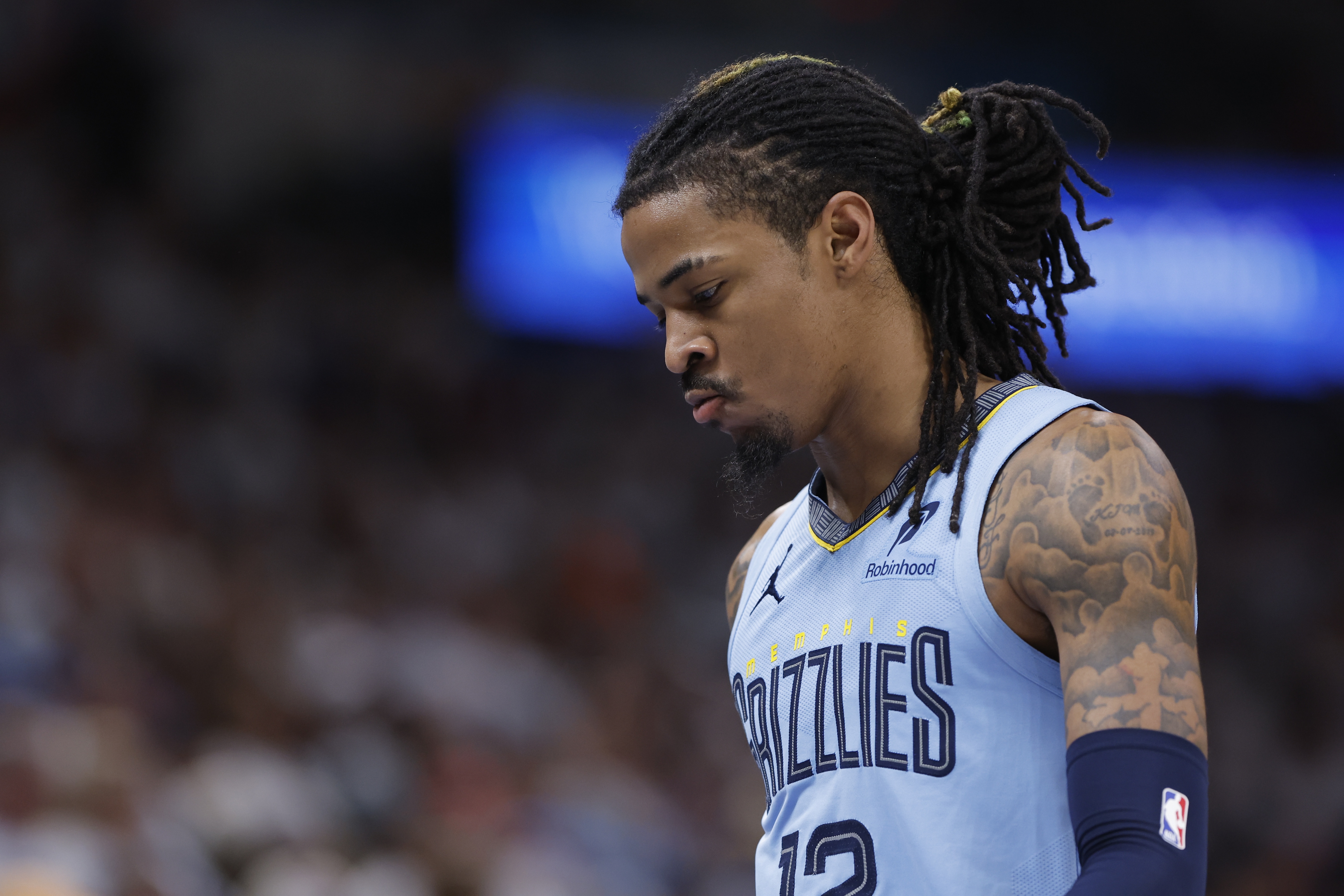
No. 8: Ja Morant (1.88 defender, Murray State University, 2019)
Although the draft year was overshadowed by Zion's light, Morant is still a talented super rookie. The once seriously underrated player ushered in an explosion at Murray State: he averaged 24.5 points, 10 assists, 5.7 rebounds, 1.8 steals and 0.8 blocks per game in his sophomore season, and dominated the arena with his incredible athleticism and his innate passing vision. When he was pushing with the ball, he was like a flash of lightning, and could easily break through the defense with a change of direction and speed, and go straight to the hinterland of the penalty area.
Sometimes scouts need to dig deep into data and set various filter conditions to discover the uncensored jade, and Morant only needs one simple fact to shock: According to statistics from the Sports-Reference website, he is the only NCAA player who averaged 24 points and 10 assists per game in the past 65 years. Although he has been selected into the All-A-Series twice in his NBA career, he has missed a large number of games in recent years due to injuries and gun bans. There have not been more than 67 games in any season, and have missed at least 21 games a year in the last four seasons, which is worrying.
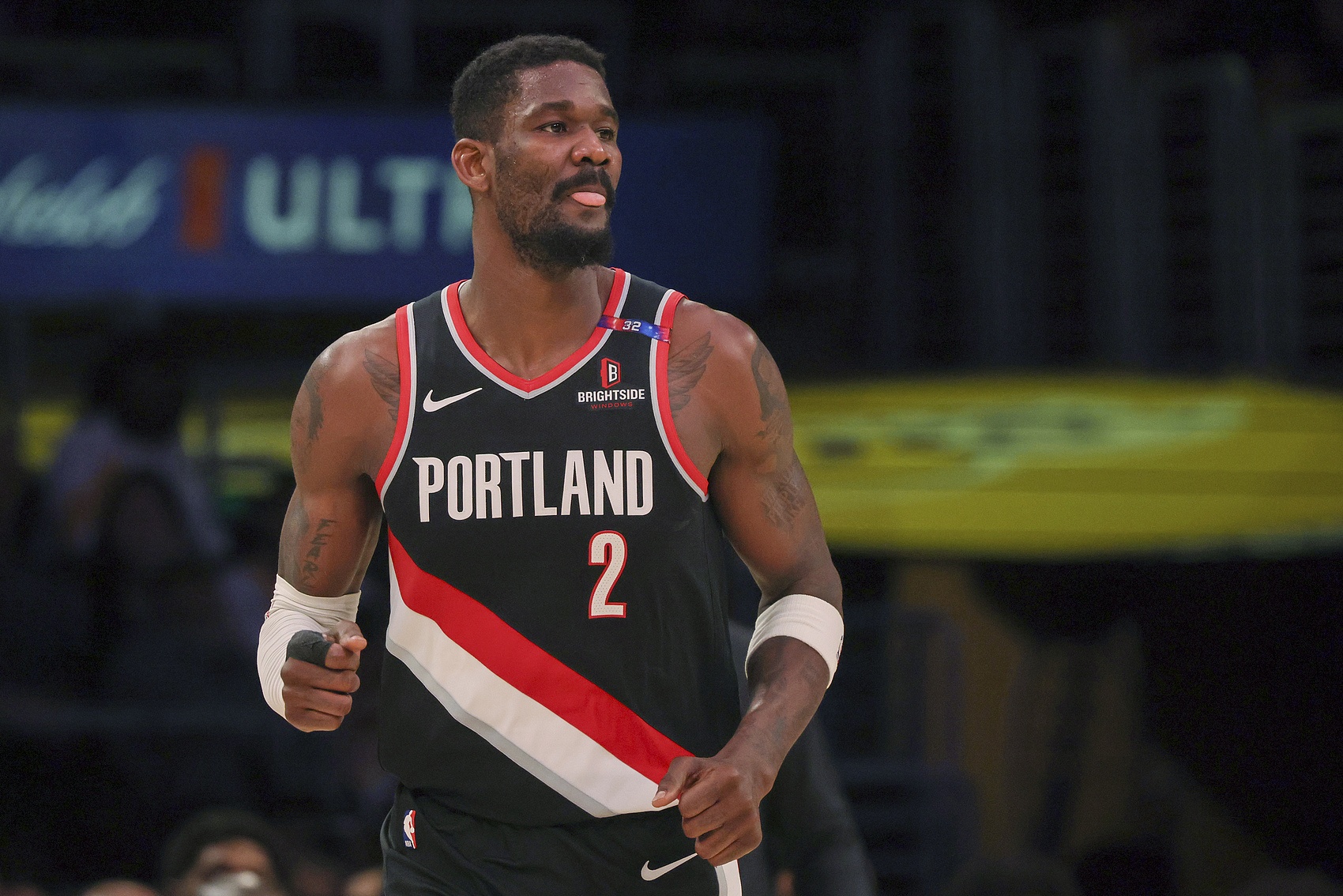
No. 9: DeAndre Aiton (2.13 center, University of Arizona, 2018)
That's right, I messed up this assessment in hindsight. Although my talent rating for Doncic was higher than the general perception of the league at that time, it was still too radical to list Ayton as No. 1. Why was he highly respected back then? In the NCAA over the past decade, perhaps no player is more in line with "a talent visible to the naked eye" than Ayton in 2018. At that time, I still valued this visual impact too much. Ayton had a height of 2.13 meters, an amazing arm span of 2.29 meters and a sculptural muscular skeleton of 114 kg.
The only season at Arizona, Ayton averaged 20 points and 11 rebounds per game, shot 61% from the field, and scored more than ten three-pointers. He was elected as the best player in the first team of the National Team and the Pac-12 league. Ayton has superb low-post skills and has the potential to become a top pick-and-roll downer. At the age of 19, he showed a perverted physical confrontation potential that could crush NBA players. If he fully realizes his talent, he is even expected to achieve Patrick Ewing's level achievements.
However, this never happened. I underestimated the degree of lag in his skills and passing ability, and ignored his almost unbending knees when defending, which allowed the opponent to easily take advantage of his center of gravity. As a key member of the Suns' finals, Ayton's career is considered qualified. He had received the maximum salary quotation contract provided by the Pacers (think about this year's Pacers' finals trip, what would have happened if Ayton was really signed at that time), and was finally traded to the Trail Blazers after being matched by the Suns. This is my first case of completely misjudgment on this list.
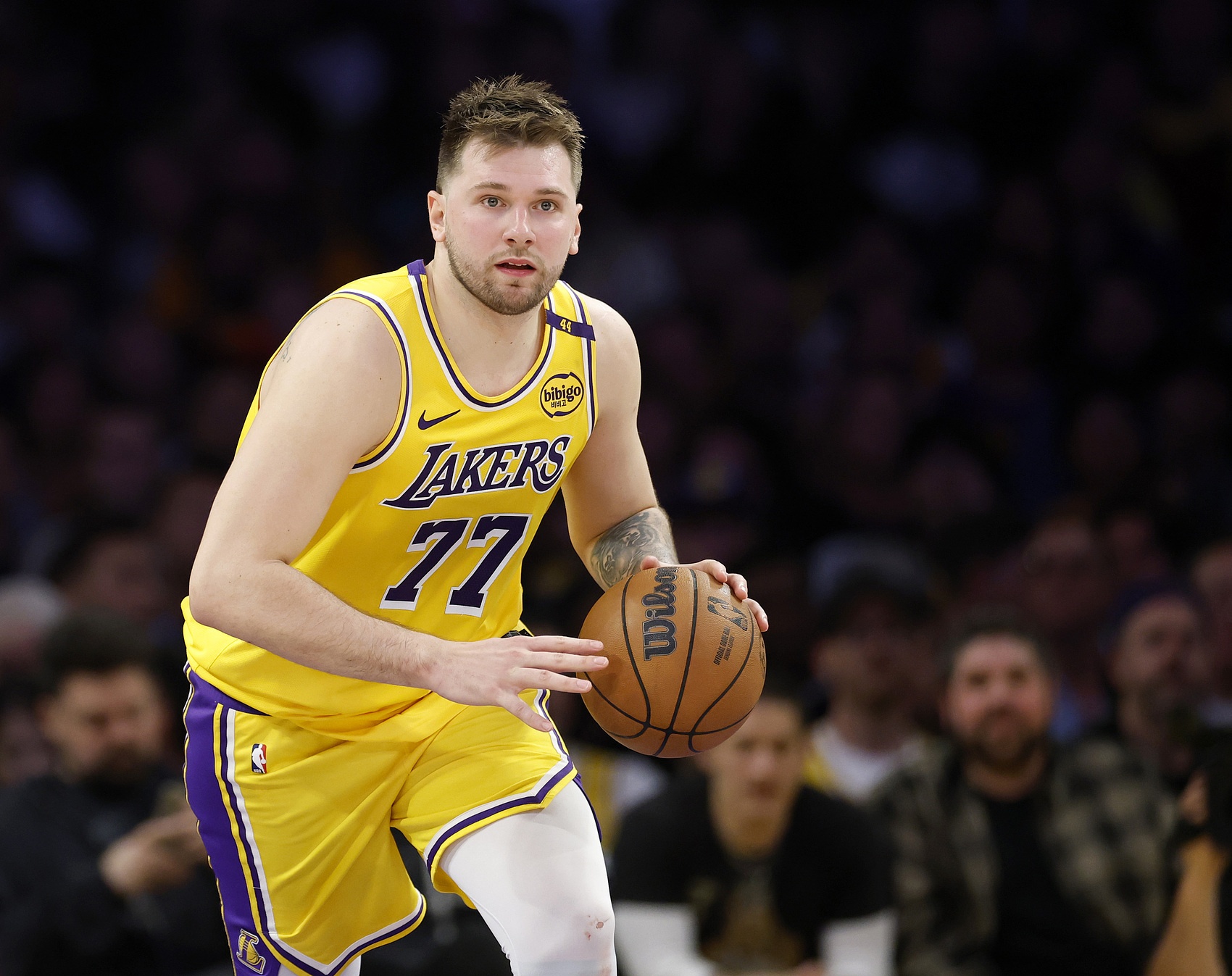
No. 10: Luca Doncic (1.98 defender, Real Madrid, 2018)
Doncic has unprecedented dominance in the European basketball world. I wrote an article detailing its game charm and eventually ranked it as a Class 1B rookie in the class (second only to Ayton's 1A). Doncic, a ball-handling master who won the Champions League MVP at the age of 19, calls him the highest achiever among young basketball players in the past 25 years.
But why did Doncic fail to become the recognized No. 1 pick? Although I was less affected by this, I must admit that there was a systematic bias in the assessment of European players in the entire industry at that time. Previously, only two European players who had no NCAA experience were selected in the top two picks, Milicic (No. 03) and Bagnani (No. 06). The former averaged less than 10 points in the Serbian League, while the latter averaged only 9.9 points and 2 rebounds in the Champions League, and most of the other high-ranking European rookies also performed mediocrely in the NBA. However, the achievements of these players are simply incomparable to Doncic. Only Paul Gasol, who was selected for the second team in the Champions League at the age of 19, can be barely compared.
Doncic's lack of body shape and explosive power has caused doubts about his upper limit (which explains why he fell to the Tanhua position). He has historical stadium insight and basketball IQ, and his understanding of the game is unique. He should have been widely regarded as a James-level genius, and my mistake was an over-favorite Ayton, who, while not underestimating Doncic's potential as an All-Star or Best-Squad player, underestimated his chances of being in the league's top five.
Summary>> Draft experts counted the top 11-20 before the draft in the past ten years: Tatum 12 Three goals 18 Xiao Jia 19
Original text: Sam Vecenie
Compiled by: Li Taibai
7M vn
